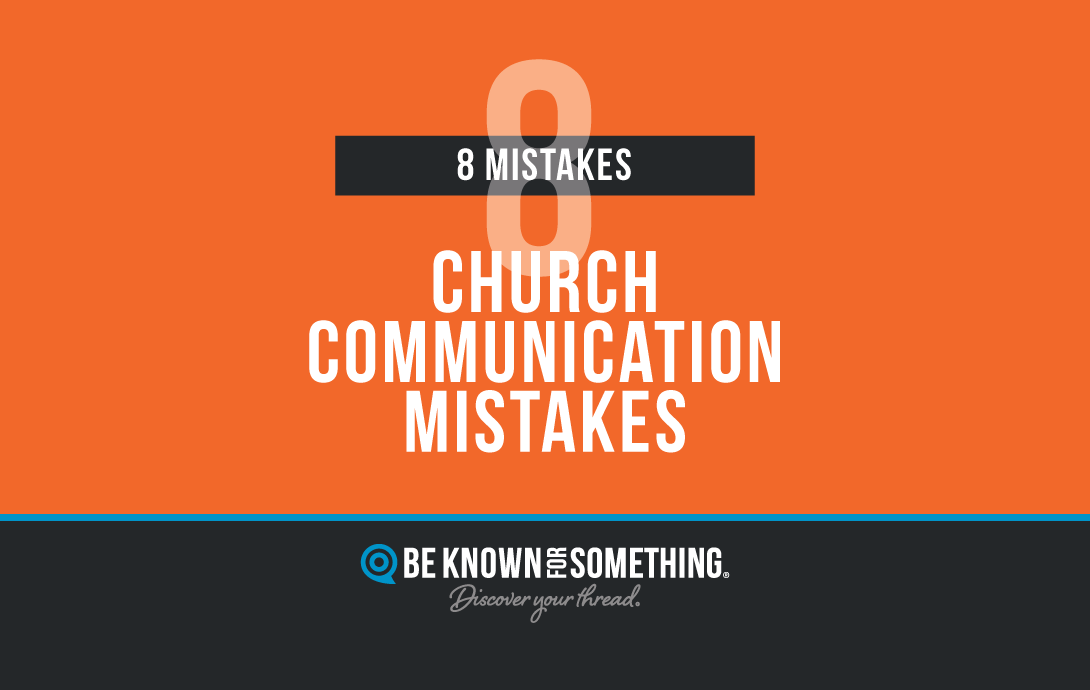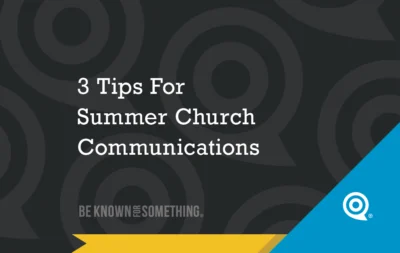
Church SEO: Branding Terms Defined
Everyone likes to be found: that’s why Church SEO is important. Especially being found on Google (or Yahoo, Bing, etc.)

Church communication mistakes abound. Today, effective church communication is a complex connection between ministry and audience. Many feel they’ve mastered it, but it’s often broken. Communication for a church used to be as simple as changing the church sign and maintaining a church bulletin. Now, it’s a complicated interconnection of channels and tools bombarding everyone with information; hoping to get engagement.
Churches must understand and fix these church communication mistakes in order to evangelize our communities better, all while informing the congregation about ministry opportunities and discipleship.
If you do these 8 church communication mistakes, you risk slipping into obscurity because your message will be missed. Here are the common mistakes with solutions to try:

Everyone likes to be found: that’s why Church SEO is important. Especially being found on Google (or Yahoo, Bing, etc.)

When I’ve taught Sunday School classes, I’m always amazed how attendance fluctuated very little each week yet we had different

Church Rebranding, it’s all the rage. And it’s a great trend. In fact, if you haven’t branded or rebranded in
Discover your thread®. Be Known for Something® relevant and needed. Pastor, control your church brand and be heard again.
– Discover Your Audience
– Build Your Brand
– Communicate & Be Heard
Communicate so your congregation & community pays attention to your website, social media, & email!
We'll never spam you. Unsubscribe anytime.
